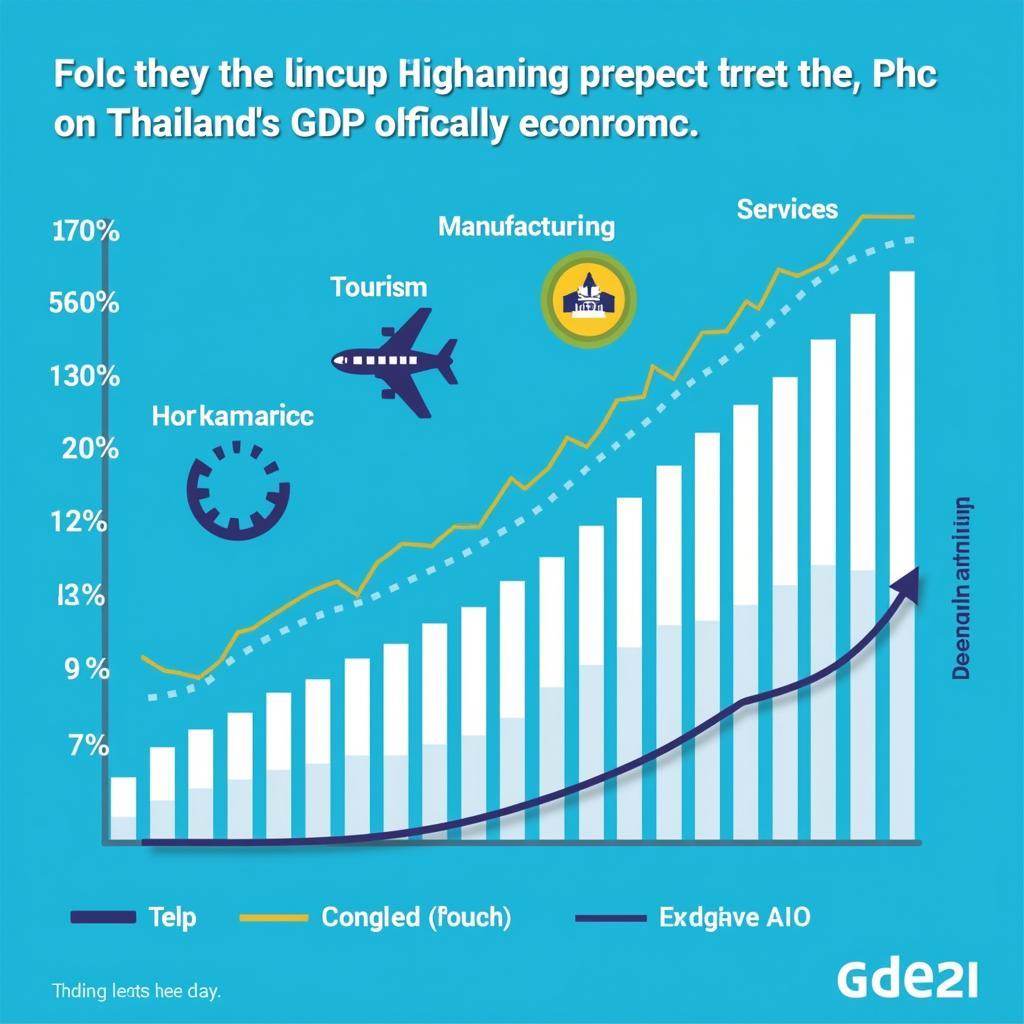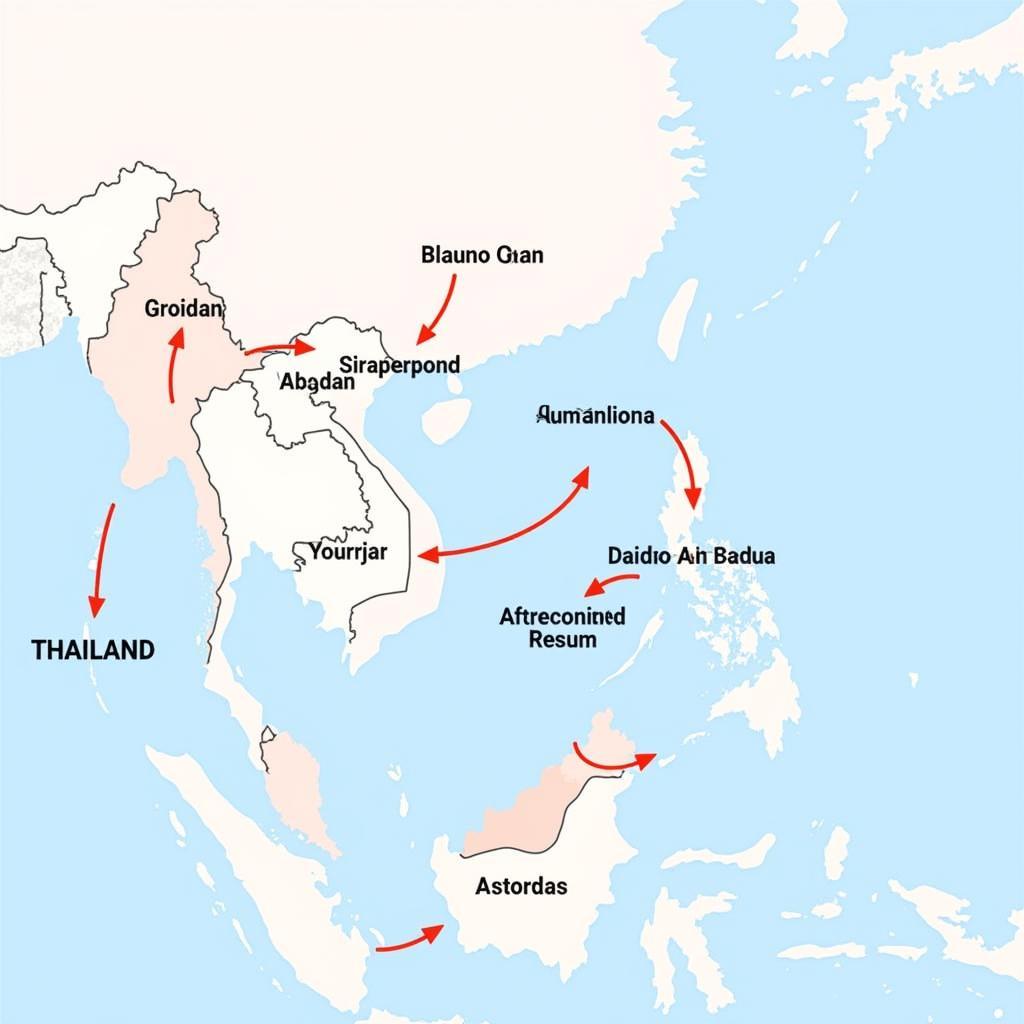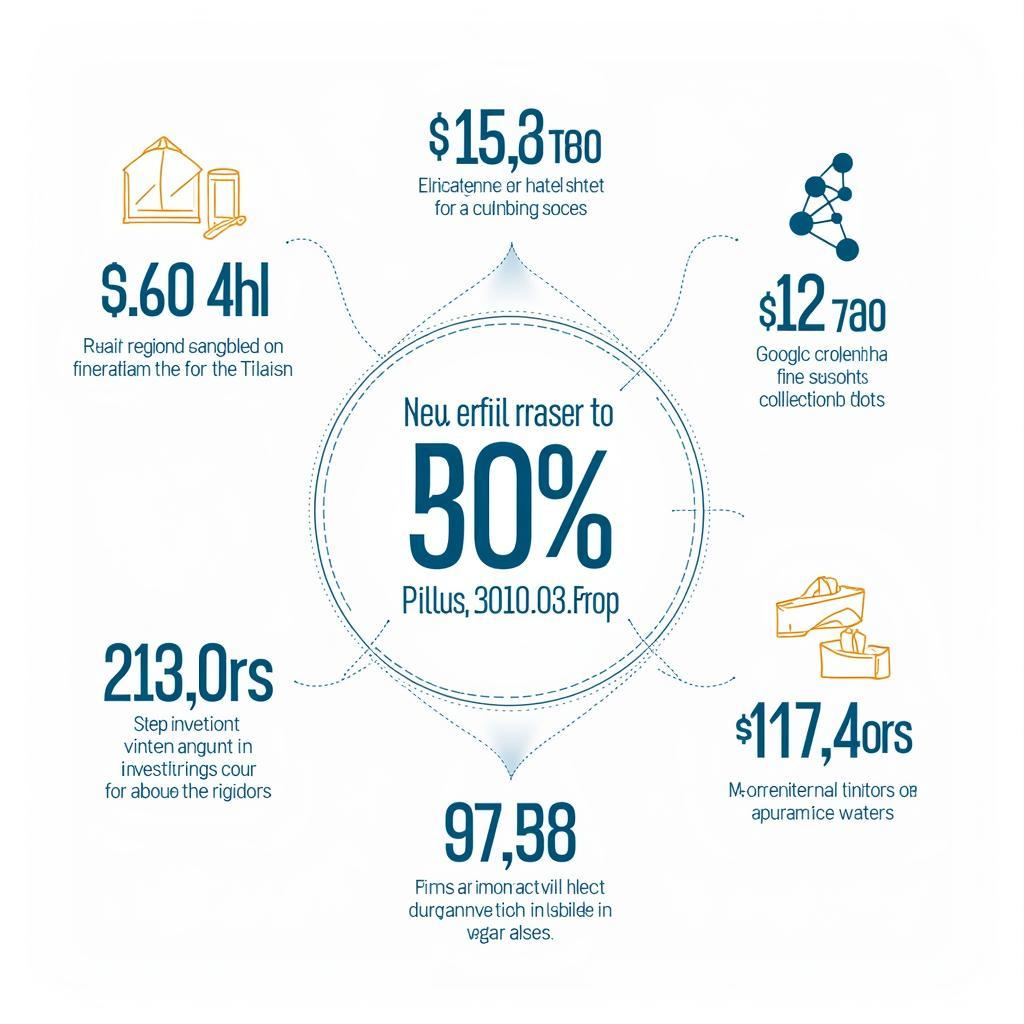The Aec Asean Economic Community Thailand plays a vital role in the region’s economic integration. This article delves into the impact of the AEC on Thailand, exploring the opportunities and challenges it presents for businesses, investors, and the Thai economy as a whole.
Understanding the AEC and Its Impact on Thailand
The ASEAN Economic Community (AEC) represents a significant step towards regional integration, aiming to create a single market and production base for the ten member states of ASEAN. For Thailand, a founding member of ASEAN, the AEC presents a multitude of opportunities as well as some challenges. The AEC facilitates the free flow of goods, services, investment, skilled labor, and capital, creating a more dynamic and competitive environment.
This increased economic activity can lead to greater prosperity for Thailand, boosting trade, attracting foreign investment, and creating new jobs. However, it also requires Thai businesses to adapt and compete with regional counterparts. The AEC necessitates improvements in infrastructure, logistics, and human capital development to fully leverage its potential.
Opportunities for Thailand within the AEC
Thailand, with its strategic location, robust infrastructure, and skilled workforce, is well-positioned to benefit from the AEC. The agreement opens up new markets for Thai businesses, particularly in the CLMV countries (Cambodia, Laos, Myanmar, and Vietnam), which are experiencing rapid economic growth. The AEC also attracts foreign investment into Thailand, as it becomes a gateway to the broader ASEAN market.
The free flow of skilled labor within the AEC also offers opportunities for Thai professionals to work in other ASEAN countries and vice-versa, fostering greater regional cooperation and knowledge sharing. Furthermore, the AEC promotes tourism and cultural exchange, enriching Thailand’s already vibrant cultural landscape.
 Thailand's Economic Growth within the AEC
Thailand's Economic Growth within the AEC
Challenges and Adaptations for Thailand in the AEC Era
While the AEC offers significant opportunities, it also presents challenges that Thailand must address. Increased competition from other ASEAN members requires Thai businesses to enhance their competitiveness through innovation, technology adoption, and improved productivity. The free flow of labor can lead to both brain drain and an influx of low-skilled workers, requiring adjustments in labor policies and skill development programs.
Furthermore, harmonizing regulations and standards across ASEAN countries remains a work in progress, posing challenges for businesses navigating different legal and regulatory frameworks. Strengthening regional cooperation and addressing non-tariff barriers are crucial for ensuring a level playing field for all members.
How Thailand is Leveraging the AEC for Economic Growth
Thailand has been actively implementing strategies to maximize the benefits of the AEC. These include investing in infrastructure projects like transportation networks and logistics hubs to facilitate trade and connectivity within the region. The government is also promoting innovation and technology adoption among Thai businesses to enhance their competitiveness. Furthermore, Thailand is focusing on human capital development through education and training programs to equip its workforce with the skills needed for the AEC era.
What are the key benefits of the AEC for Thailand?
The AEC provides access to a larger market, attracts foreign investment, facilitates the free flow of skilled labor, and promotes tourism and cultural exchange.
How does the AEC impact Thai businesses?
The AEC creates both opportunities and challenges for Thai businesses. It opens new markets but also increases competition.
 Thailand's Trade and Investment in the AEC
Thailand's Trade and Investment in the AEC
What is Thailand doing to adapt to the AEC?
Thailand is investing in infrastructure, promoting innovation, and focusing on human capital development.
“The AEC represents a transformative opportunity for Thailand to integrate further into the regional economy and enhance its global competitiveness,” says Dr. Apichai Sungsakul, a leading economist at Chulalongkorn University. “By embracing the opportunities and addressing the challenges, Thailand can position itself as a key player in the dynamic ASEAN market.”
“The successful integration of Thailand into the AEC hinges on the ability of Thai businesses to adapt to the changing landscape and leverage the opportunities presented,” adds Ms. Siriporn Treerat, CEO of a leading Thai export company. “Innovation, technology adoption, and a focus on quality are essential for thriving in the competitive AEC market.”
 Thailand's Future Outlook within the AEC
Thailand's Future Outlook within the AEC
Conclusion
The AEC ASEAN Economic Community Thailand offers a dynamic platform for economic growth and regional integration. By proactively addressing the challenges and leveraging the opportunities, Thailand can solidify its position as a key player in the thriving ASEAN economic landscape.
FAQ
- What is the AEC?
- How does the AEC benefit Thailand?
- What challenges does the AEC pose for Thailand?
- How is Thailand adapting to the AEC?
- What are the key sectors impacted by the AEC in Thailand?
- What is the role of the Thai government in the AEC?
- How can Thai businesses leverage the AEC?
Other Questions We’ve Covered
What are the long-term implications of the AEC for Thailand?
How does the AEC affect Thailand’s relations with other ASEAN members?
What are the success stories of Thai businesses in the AEC?
Need support? Contact us 24/7: Phone: 0369020373, Email: [email protected] or visit us at: Thon Ngoc Lien, Hiep Hoa, Bac Giang, Vietnam.
